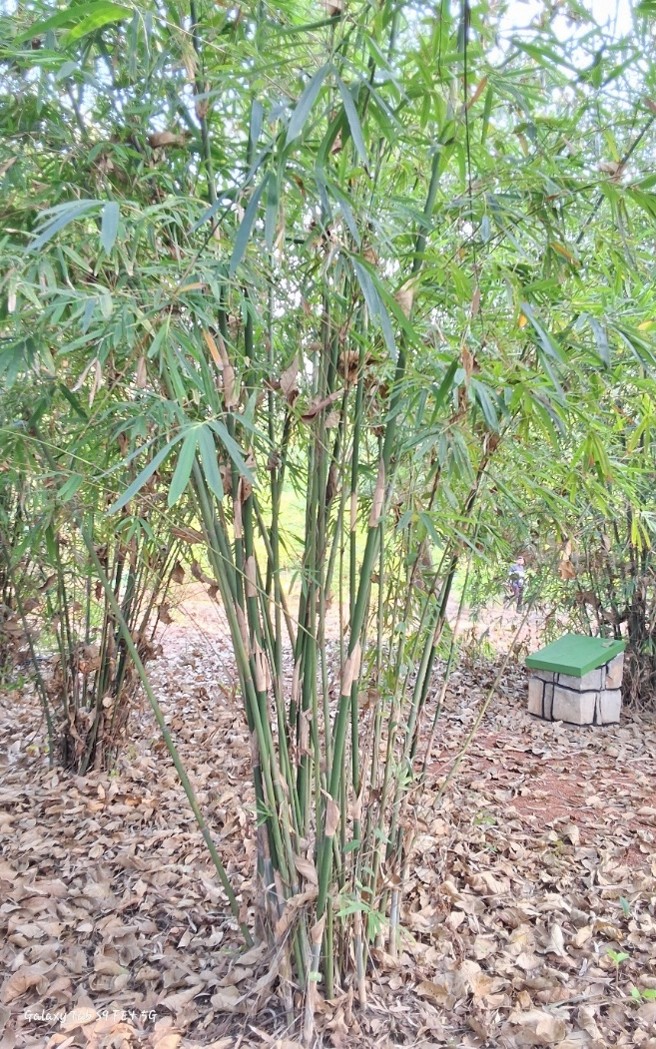Dendrocalamus hemiltonii

Dendrocalamus hemiltonii
commonly known as Hamilton's Bamboo or Large Bamboo, is a large and robust bamboo species that is native to India and Southeast Asia. This bamboo grows in tropical and subtropical regions, thriving at altitudes ranging from 300m to 1,500m. It typically reaches a height of 15 to 25 meters, with a diameter of 12 to 18 cm. The culm is green initially and turns yellowish-brown as it matures, with internodes ranging from 30 to 50 cm. The culm sheath is green when young and becomes brownish as it matures. The adaxial surface of the sheath is smooth and glabrous, while the abaxial surface is slightly hairy, with ciliate margins.
Dendrocalamus hemiltonii grows best in areas with annual rainfall ranging from 1,500 mm to 3,000 mm. It thrives in well-drained, fertile soils, including loamy, sandy, and clayey soils, and is commonly found along riverbanks and in moist valleys.
The leaves of Dendrocalamus hemiltonii are lanceolate to ovate-lanceolate in shape, measuring 25 to 40 cm in length and 4 to 6 cm in breadth, with pointed tips. The inflorescence is a large, compound panicle with numerous spikelets. The empty glumes are ovoid to lanceolate with visible veins, while the flowering glumes are larger, with smooth or slightly hairy edges. The stamens are exserted, and the anthers are glabrous, with a hairy style. Flowering is rare and occurs sporadically every 30 to 50 years, observed in parts of India and Southeast Asia.
Seed production is infrequent due to the long flowering cycles, and the seeds tend to have low viability. Dendrocalamus hemiltonii is propagated through culm cuttings, clump division, offsets, and tissue culture.
This bamboo is highly valued for its large size and strength. It is widely used in construction for making poles, scaffolding, and building materials. Additionally, the bamboo is used to create furniture, handicrafts, and decorative items. Its long, strong fibers are also utilized in pulp and paper production. The young tender shoots of the bamboo are edible and consumed in parts of Southeast Asia. The dense, high-energy wood of this bamboo makes it a valuable source of fuel in rural areas. Furthermore, Dendrocalamus hemiltonii is used for soil erosion control, particularly in areas prone to erosion, thanks to its dense root system.
Listen Audio:
Need assistance? BRTC Faculty